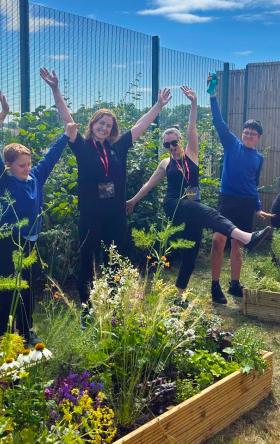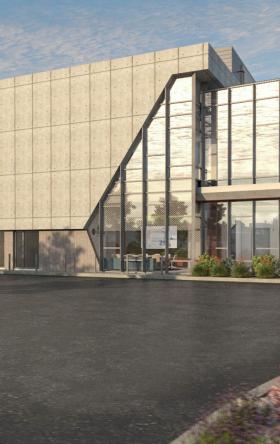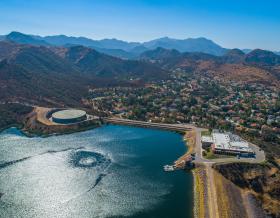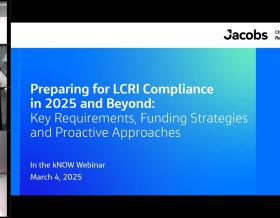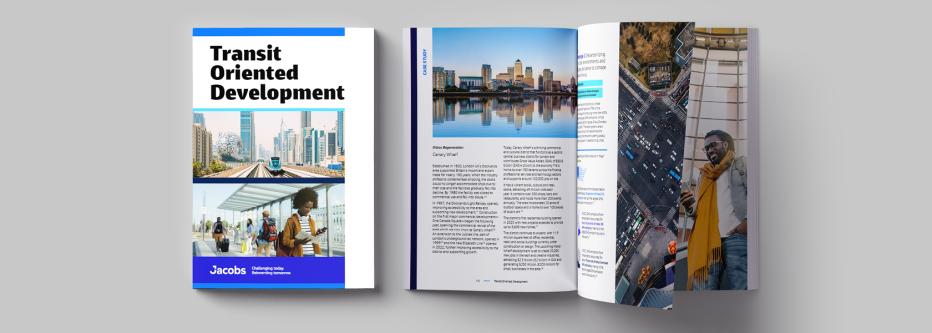
Transit-oriented development (TOD) is an approach that looks at how public transport stops and/or stations can contribute to urban expansion. Traditionally TOD has delivered an array of benefits for local economies and communities. In this paper we explore how TOD addresses some of today’s most urgent urban challenges.
Read the executive summary below or click to download the paper.
As we emerged from the pandemic crisis, governments around the world planned to invest heavily in mass transit infrastructure to stimulate their economies. While delivering transport-related benefits, a larger and more significant advantage of these planned investments lies in using them for urban development and growth.
TOD is an approach to urban development centered on compact, walkable residential, commercial and/or retail precincts. For urban communities, it offers the best of both worlds – regional connectivity as well as accessible, small, integrated, mixed-use enclaves that enhance the close-to-home advantages of the ’15-minute city’.
As cities today face numerous economic and longer-term systemic challenges, TOD can play a significant role in addressing these challenges and creating more smart, sustainable, resilient and inclusive communities.
Challenge 1: Delivering more sustainable and resilient mobility solutions
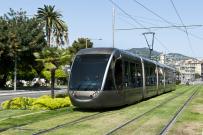
Many cities are dominated by car-based systems. These systems take up valuable urban land and contribute to major environmental issues such as air pollution, carbon emissions and urban heat island effects. As urban populations expand, these systems become increasingly congested, leading to lost productivity because of time spent in traffic.
TOD can address the challenge by:
- Embracing two primary systems of mobility - mass transit for regional and metropolitan access and active transport and micro-mobility for local access.
- Freeing up streets and parking for alternate uses such as walkways, cycleways and green spaces.
- Accommodating rideshare services for first mile/last mile travel within the precinct and regional travel where use of mass transit is difficult.
Challenge 2 – Decarbonizing the urban environment and building resilience to climate shocks
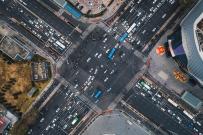
Cities are major contributors to climate change, consuming around 78% of the world’s energy and producing more than 60% of greenhouse gas (GHG) emissions.[1] They are also increasingly vulnerable to the impacts of a changing climate.
TOD can address the challenge by:
- Upgrading and repurposing existing buildings and infrastructure to improve emissions performance.
- Embracing a range of net zero initiatives to minimize carbon emissions associated with new construction.
- Providing facilities for personal electric vehicles and electric rideshare.
- Reducing overall energy demand per capita by supporting higher housing and population densities.
Challenge 3: Providing greater housing diversity and affordability
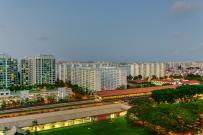
Demand for homes — to buy or to rent — is outstripping supply in many global markets. Housing availability, choice and affordability are a major problem for low-income households and a growing number of middle-income households.
TOD can address the challenge by:
- Re-zoning areas adjacent to the transit network to accommodate higher density development.
- Enacting TOD policies and guidelines that stimulate medium- and high-density development within the precinct.
- Integrating housing into walkable, well-organized mixed-use neighborhoods where daily and weekly needs can be met without recourse to a private car.
Challenge 4: Enabling greater consumer choice and better services through digital connectivity and smart infrastructure

Digital connectivity and smart infrastructure are reshaping the fabric of daily life - how we conduct business, operate and manage infrastructure, access services, participate in activities and connect to the people, places and things around us.
TOD can address the challenge by:
- Taking a holistic, master planned approach to digital connectivity within the precinct.
- Coordinating and leveraging data from across the precinct to re/create more connected, productive, sustainable and livable places.
- Incorporating smart infrastructure to deliver better services and improve efficiency, including through Mobility as a Service (MaaS) platforms.
- Engaging organizations that choose to be locate offices and operations withing the TOD to deliver on the vision for a smart, digitally connected precinct.
Approaching future TOD
As the ways we live and engage with our built environment change, the TOD model must continue to evolve to ensure it can deliver the best outcomes for city occupants. There are a number of critical delivery elements that underpin future TOD success, including:
- Ensuring transit planning integrates land use planning, zoning laws and changes to building codes to ensure transit infrastructure is located in proximity to available and suitable land for development. In turn, TOD policies and guidelines must ensure that the land adjacent to stations is developed in an optimal manner.
- Establishing and communicating a clear and unifying vision early on to focus stakeholder’s attention on the desired outcomes of the development.
- Reinforcing the vision and desired outcomes of the development through contracting and procurement strategy by incentivizing contracts to drive the achievement of broader outcomes.
- Exploring a wide range of funding strategies, including direct government funding, private sector investment, taxation measures, user fees and charges, and land value capture mechanisms, to create flexible, blended funding solutions.
- Embracing a placemaking approach to development, employing collaborative, people-led processes to put the needs, wants and aspirations of communities at the forefront.
- Employing a programmatic approach that links individual projects within the precinct together under a common governance framework and focuses on integration and the benefits and outcomes to be achieved.
Conclusion
Cities are grappling with myriad concerns – housing affordability, urban sprawl, traffic congestion, air and water pollution, carbon emissions and more. TOD cannot resolve all these issues, but it can enable cities to make serious progress in addressing them while also improving the overall quality of urban life.
[1] United Nations Climate Action. (n.d.). Generating Power. Accessed from UN Climate Action website: https://www.un.org/en/climatechange/climate-solutions/cities-pollution
You might also be interested in:
-
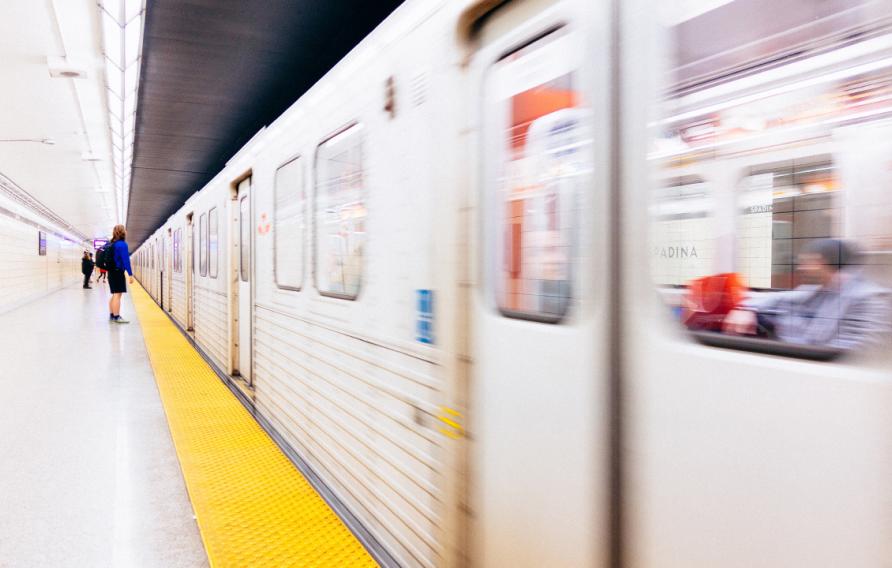 News
NewsPublic Transit - Looking Beyond Today
Jacobs Director of Economics & Global Technology Lead Transport Economics John Siraut spoke along with other subject matter experts as part of The Big Rethink. The theme, How Public Transit Bounces Back, supported a conversation about ways to accelerate public transportation ridership and the importance of public trust in the post-pandemic world of urban mobility. Read highlights in this piece on jacobs.com.
-
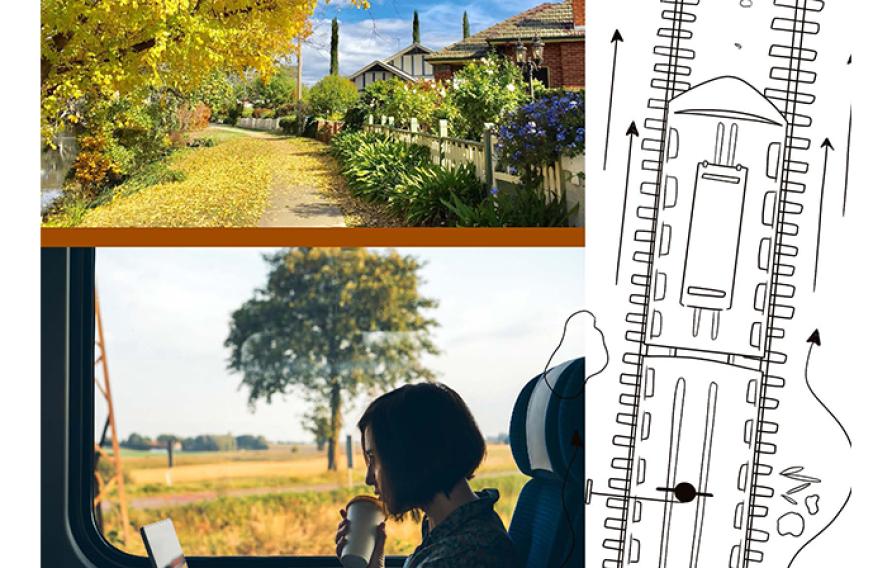 Report
ReportFast Rail
Jacobs has released a new paper titled: Fast rail – A catalyst for growth in the regions. The paper explores how fast rail connections can benefit regional economies and populations, beyond providing improved connections to jobs, opportunities, activities and services in nearby capital cities.
-
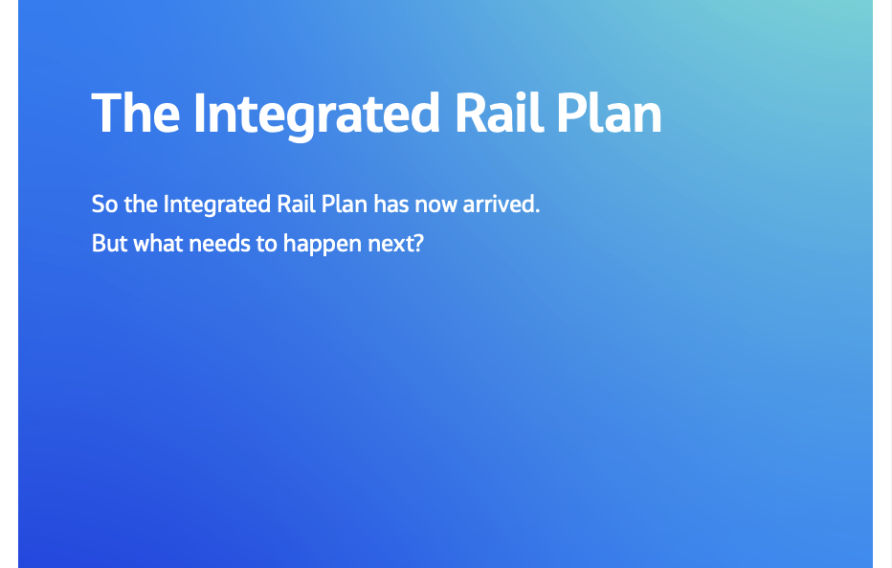 Report
ReportThe Integrated Rail Plan
Released following COP26, the Integrated Rail Plan (IRP) for the Midlands and the North of England sets out the investment in an integrated rail network across large parts of the U.K. However, this is just the start in delivering the outcomes needed by the plan of regeneration, improvement and "levelling up". To realize these ambitions, what needs to happen next?
